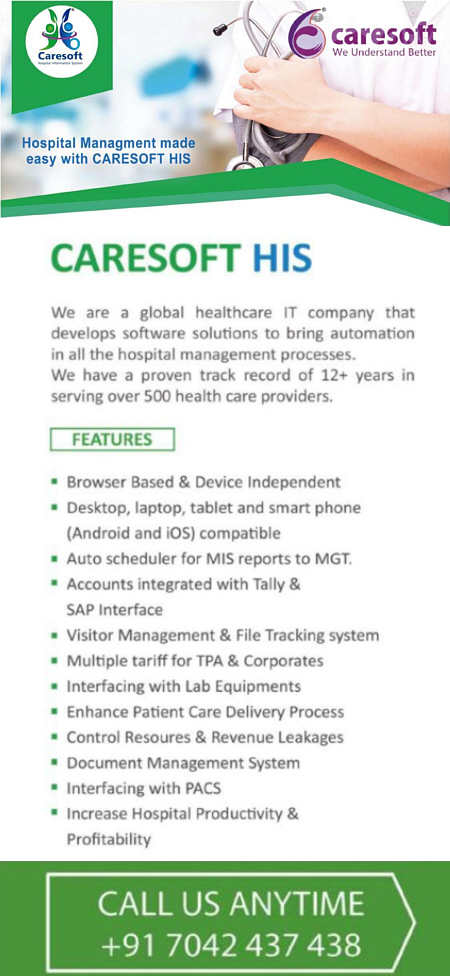Central Drugs Standard Control Organization's Innovative IT Platform
Next-Gen Pharma Oversight: Central Drugs Standard Control Organization's Innovative IT Platform

Next-Gen Pharma Oversight
In a significant move towards transparency and efficiency, the Central Drugs Standard Control Organization (CDSCO), India's apex drug regulator, is set to unveil a pioneering integrated IT platform. This platform aims to enhance transparency, bring uniformity to regulatory processes, and instil confidence in both domestic and international markets. The system promises to revolutionize the drug regulatory landscape by enabling end-to-end tracking of pharmaceutical products, from raw material procurement to consumption patterns.
End-to-End Tracking: The integrated platform will introduce a comprehensive tracking mechanism, allowing stakeholders, including manufacturers, distributors, and retailers, to monitor the entire lifecycle of pharmaceutical products. From the sourcing of raw materials to supply chain logistics and consumption patterns, the platform will provide detailed insights categorized by quantity, area, and season. This end-to-end tracking will enhance accountability and quality control across the pharmaceutical supply chain.
Unified Portal Concept: The initiative stems from a government-led brainstorming session earlier this year, where stakeholders discussed strengthening the regulatory framework. The proposed unified portal will replace existing portals used by drug regulators, streamlining all drug regulatory activities into a single, user-friendly interface. This move is expected to simplify processes, reduce redundancies, and create a more accessible platform for stakeholders.
Data Capture and Reporting: Similar to Income Tax Returns (ITR) and Goods and Services Tax (GST) filing systems, the portal will capture information from various stakeholders routinely. Manufacturers, distributors, and retailers will be required to upload their invoices, creating a database that is easily accessible for regulatory purposes. This standardized reporting system will enhance data accuracy, ensuring that the information available on the portal is reliable and up-to-date.
Addressing Contamination Concerns: The drive for this initiative gained momentum after incidents of contamination in Indian-manufactured syrups came to light, leading to severe consequences, including deaths in other countries. The unified portal aims to address such concerns by ensuring that global standards for good manufacturing practices are mandatory for all Indian companies. The platform will play a pivotal role in sharing information about spurious and substandard medicines, facilitating collaboration with state regulators to curb the movement of these drugs across state boundaries.
Enhanced Regulatory Activities: The portal will digitalize several regulatory activities that are currently conducted physically, such as periodic safety updates, show cause notices, adverse event reporting, and post-approval changes. This digital transformation will streamline inspections, randomize inspector assignments, and introduce QR codes for sample tracking, promoting efficiency and accuracy in the regulatory process.
Customisable Dashboards and Compatibility: To cater to diverse stakeholders, the portal will offer separate dashboards, providing custom reports based on specific needs. Compatibility with other government portals, such as the Government e-Marketplace, Bureau of Indian Standards, and Clinical Trial Registry, is a key feature. Additionally, the platform will support document signing using authentication mechanisms like OTP, Aadhaar, PAN card, and DigiLocker.
The CDSCO's integrated IT platform represents a monumental step forward in reshaping India's drug regulatory landscape. By leveraging technology to enhance transparency, accountability, and efficiency, this initiative aims to create a robust regulatory framework that aligns with global standards. As the pharmaceutical industry evolves, the unified portal is poised to become a cornerstone in safeguarding public health, ensuring the quality of pharmaceutical products, and fostering trust in the regulatory process.
#InnovativeIT
